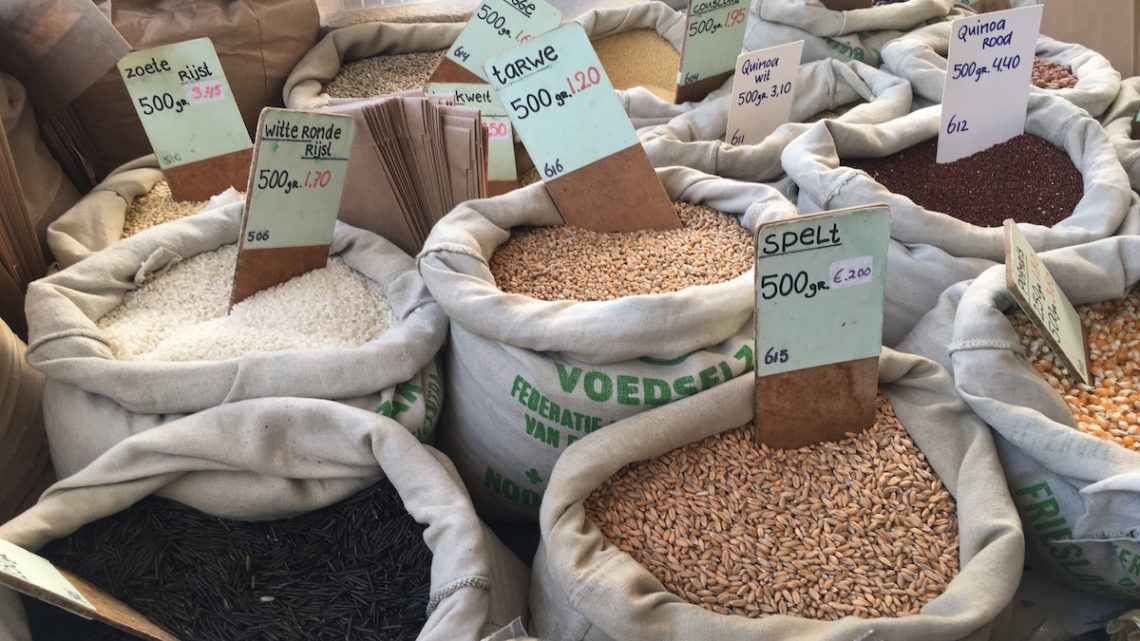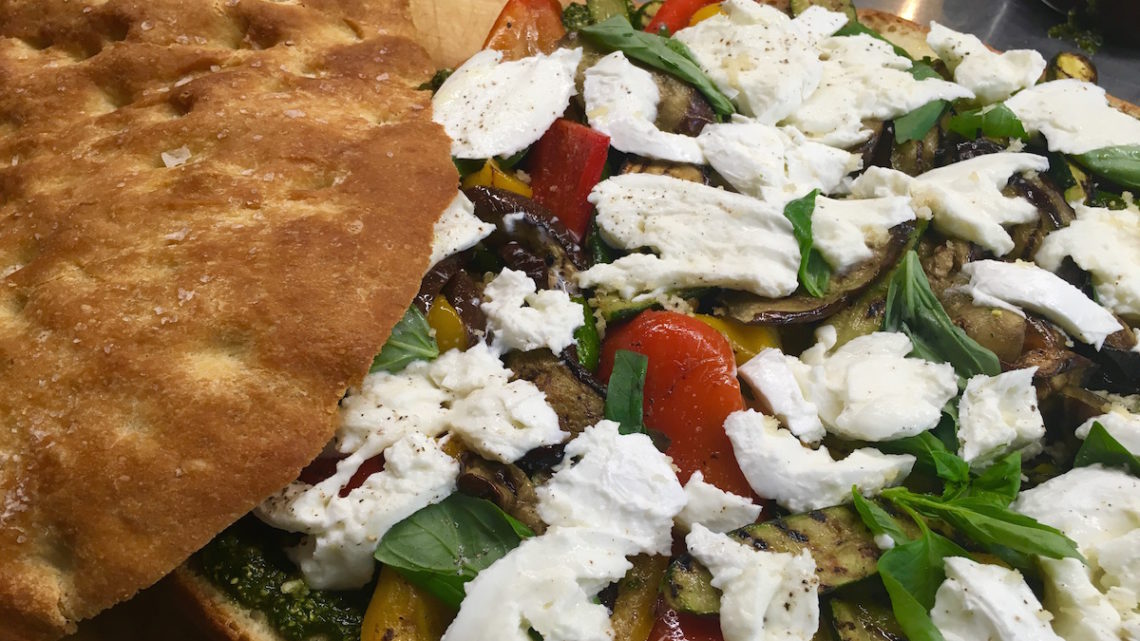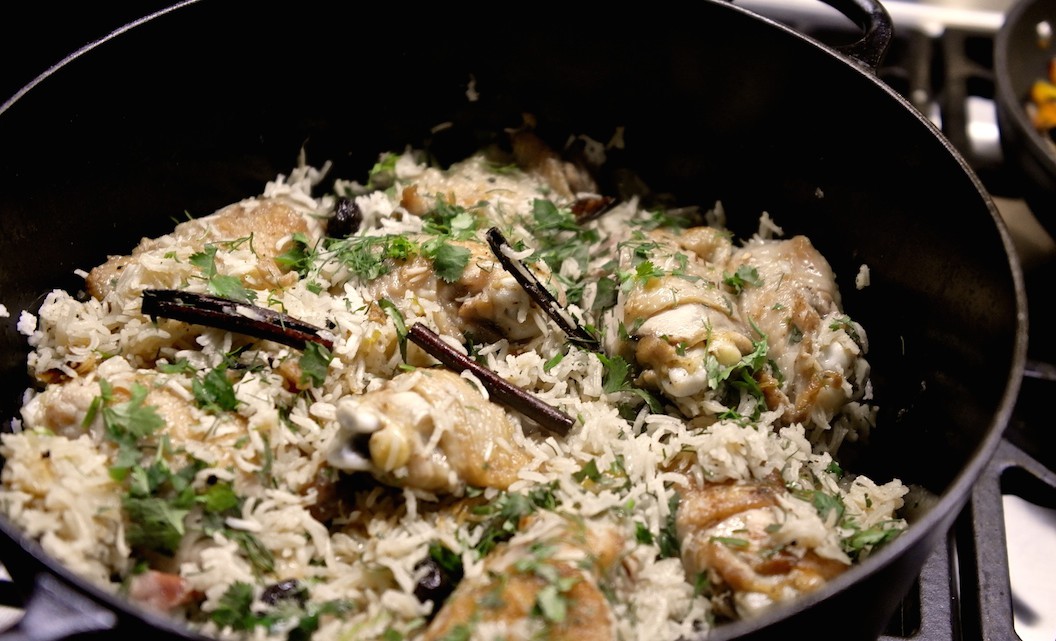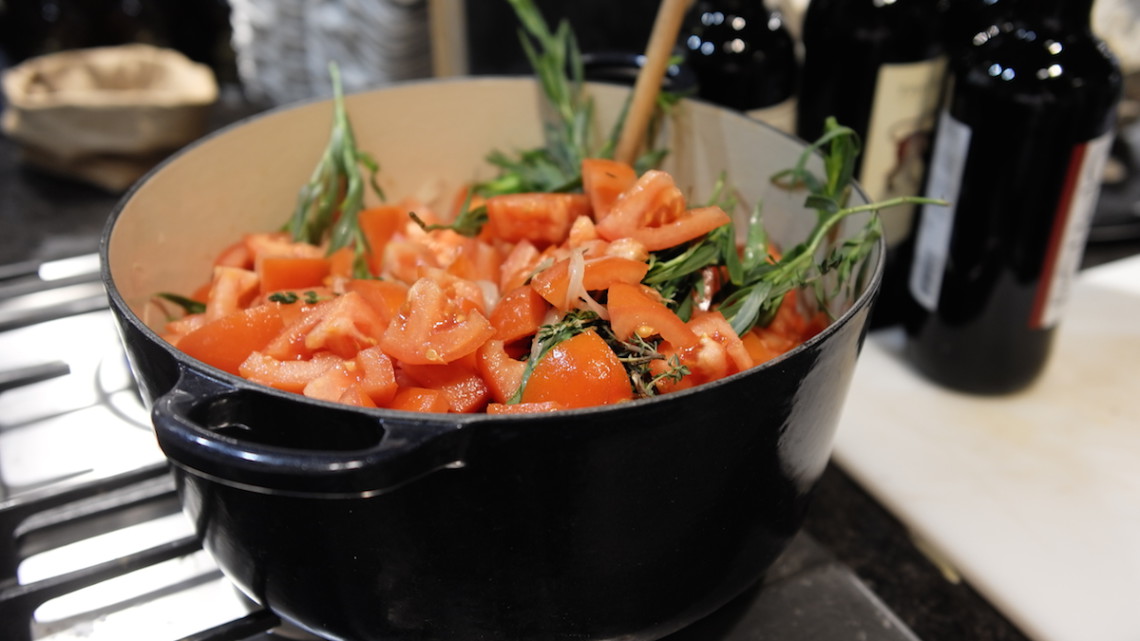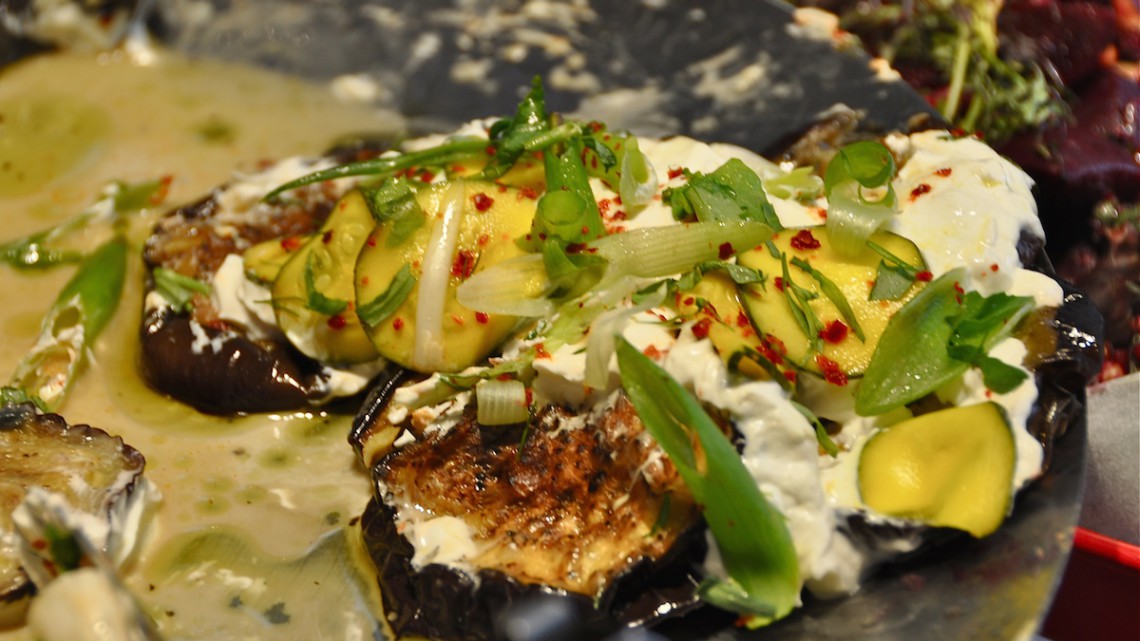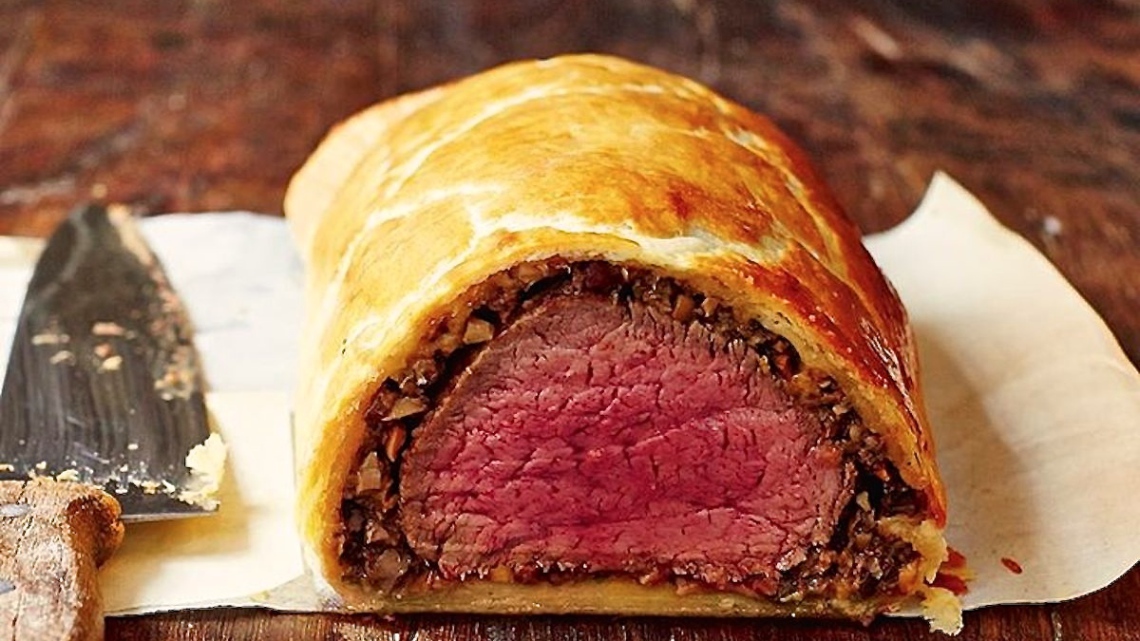De Eetbare Stad
'De Eetbare Stad' or Edible City is a book packed with gems what can be foraged in and around Amsterdam.
Filled with interesting and unusual ingredients, this book, divided into the seasons, supplies background information on the ingredients and includes a recipe with each. The perfect hand guide to the secret treasures hiding around the city of Amsterdam.
On a side note, the photos in this book have been taken by photographer Hay Hermans, who also produces beautiful food and ingredient photos which we stock in our store.
Summer Drinks
With the weather heating up, we're getting more interested in light and refreshing drinks.
What we like is to start with a cordial or syrup. This is an intense flavoured base from which to begin building your drinks. Think different seasonal fruits that bring colour and flavour; rhubarb, lemons and plums for example.
Once you have a cordial base, this should keep well in the refrigerator for a few weeks. Now get creative. Mix the cordial with water (still or sparkling), ice cubes and then an array of fruit and herbs to garnish. Think of a garnish the complements the main ingredient. Let your imagination run wild.
Fresh Herbs and Spices and the Noordemarkt
Saturday's are one of our favourite days of the week. After a slow start, there is nothing better than to wonder the small streets of the Jordaan and head over to the bustling Noordemarkt.
We've spoken before about the array of ingredients on offer. But, with the cold wintery weather, we are going to get some fresh herbs to make a big batch of soul-warming chicken soup and the best harissa you will ever taste!
There are beautiful bundels of soup herbs that you can buy to add to your pan of steaming goodness. They also make the most amazing table decorations if you're hosting a dinner. Another thing we're also going to be getting, which you don't see too often and will be the prefect addition to our soup is lovage (maggi in Dutch). It comes in herb and root form and is similar in flavour to celery. We'll put some of the leaves and the peeled root into the soup, but the root is also perfect grated into salads.
So if you're going to do groceries today, maybe add a few of these items to your list. Wishing you all a delicious weekend. Happy eating!
Filled Focaccia
We're all thinking of ways to enjoy summer eating, whether that be in our outdoors. Here is a great recipe/idea for summer eating. You can practice your bread making skills and use your favourite vegetables or whatever is season.
Make a batch of focaccia.
Use an array of your favourite vegetables. We like a combination of peppers, courgettes, aubergine and red onion. Cut each into bite-sized pieces. Toss in olive oil and season with salt and pepper. Grill in a grill pan until the vegetables have bar marks and are tender and cooked through. You can also finish them off in the oven to get them more tender.
Once they and the bread have cooled down, slice the bread in half. Spread with pesto (either homemade or shop bought). Top with the grilled vegetables and then tear some buffalo mozzarella over. Sprinkle with some salt and pepper. Dot a few fresh basil leaves over and a handful of rocket leaves. Close the bread to form a giant sandwich. Cut into pieces and serve.
Caramelized Onion and Cardamom Chicken with Rice
This recipe is inspired by one of favourite authors and chefs, Yotam Ottolenghi.
Serves 4
Ingredients
2 onions, thinly sliced
6 Tablespoons olive oil
8 chicken thighs, bone in and skin on
salt and pepper
10 cardamom pods
1/4 teaspoon cloves
2 cinnamon sticks
300 g basmati rice
600 ml boiling water
small bunch flat leaf parsley, chopped
small bunch dill, chopped
small bunch coriander leaves, chopped
50 g raisins
100 g Greek yoghurt seasoned with 2 Tablespoons olive oil, salt and pepper, to serve
Method
Heat a (Le Creuset) casserole pan over medium heat with 2 Tablespoons olive oil and sauté the onion for 10-15 minutes, stirring occasionally until the onion has caramelised and turned a deep golden brown. Transfer the onion to a small bowl and wipe the pan clean.
Meanwhile, place the chicken thighs in a bowl with a good seasoning of salt and pepper. Add 2 Tablespoons olive oil, cardamom, cloves and cinnamon. Mix everything well together. Heat the casserole pan with the remaining 2 Tablespoons olive oil and brown the chicken (with the spices) for 5 minutes on each side until a lovely golden colour. Remove the chicken from the pan, leaving the oil and the loose spices in the pan. Add the rice and toast off for 1-2 minutes. Add the caramelised onions, salt and pepper to taste and the raisins. Stir well and then add the chicken thighs, pushing them well into the rice.
Pour over the boiling water, cover the pan and cook over a very low heat for about 30 minutes until the chicken is cooked through. Take the pan off the heat, cover with a clean tea towel, replace the lid and allow to to steam for 10 minutes. Scatter the herbs over the disk and loosen the rice with a fork. Taste if more salt and pepper is needed. Serve with the yoghurt.
We, the Amsterdam Flavours chefs, hope you enjoy this recipe as much as we do. If you have any questions on how to prepare it or just want to send us your feedback, you can reach us here Contact Amsterdam Flavours
Making Stock
Stocks or bouillons are the foundation of many important kitchen preparations; therefore the greatest possible care should be taken in their production.
Stock is not an end in itself – it is always used to make some other dish or as a basis for sauces. A stock is the liquid obtained from long, gentle simmering of bones, vegetables, seasonings and water (except fish stock which only requires 20 minutes). The liquid, strained and reduced down to concentrate its flavour by rapid boiling, is the basis of soups, stews, braises and sauces.
In cooking stock, the prime essential is patience. Classic cookbooks recommend cooking veal stock for 10-12 hours. Three hours will suffice for chicken stock and fish stock is completed relatively quickly in half an hour.
During the cooking process, all the flavour should have been extracted from the bones and vegetables, leaving them tasteless. As well as flavour, good stock should acquire body from bone marrow and when chilled it will set to a jelly.
LE FONDS – THE STOCKS
Stocks, which are clear, flavoured liquids, are the foundation of many kitchen preparations. Therefore the greatest possible care should be taken with them.
- Unsound meat or bones and decaying vegetables should not be used
- Scum should be removed continuously so that it does not boil back into the stock
- The pot should be skimmed regularly and only simmer gently
- Do not add turnip, potato or other items that will cloud stock
- Always keep the inside of the pot clean and free of grease and scum
- Keep stock in clean containers in the refrigerator or freezer to avoid souring
GENERAL PROPORTIONS OF INGREDIENTS FOR ALL STOCKS EXCEPT FISH
5 liters water
2 kg raw bones
500g vegetables (onion, carrot, celery leek)
Bouquet garni including thyme, bay leaf, parsley stalks
GENERAL METHOD FOR ALL BROWN STOCKS
Chop the bones, remove any skin or fat and brown well on all sides by placing in a roasting pan in the oven.
Drain off any fat and place the bones in a stockpot.
Brown any sediment that may be in the bottom of the tray, déglace (swill out) with boiling water, simmer for a few minutes and add to the bones.
Wash, peel and roughly cut the vegetables. Fry in a little fat (from the roasting tray) until well browned but not burnt. This will improve the colour of the stock. Add to the bones.
Add the cold water. Bring to the boil and skim. Then add the bouquet garni.
Simmer for 6-8 hours wiping the inside of the pot continually to remove impurities. Skim and strain.
NOTE: For brown stocks, a few tomatoes and washed mushroom trimmings may also be added to improve flavour.
BROWN VEAL STOCK
For brown veal stock, use the same ingredients as for the chicken stock, substituting veal bones for the chicken. Place 2-2,5kg veal bones in a roasting pan and roast in the oven for 30-40 minutes until well browned, stirring occasionally. Add the vegetables and brown them also, about 15-20 minutes longer. Thorough browning gives stock flavour and colour. Transfer the vegetables and bones to the stockpot. Discard the fat from the pan and deglaze with 500ml water. Add the liquid to the pot, then make the stock. Add the garlic, 1 chopped tomato or 1 tablespoon tomato puree, bouquet garni and peppercorns. Simmer for 6-8 hours.
We, the Amsterdam Flavours chefs, hope you enjoy this recipe as much as we do. If you have any questions on how to prepare it or just want to send us your feedback, you can reach us here Contact Amsterdam Flavours
Tomato Shallot Sauce
This is a super delicious sauce to serve with roasted beef. We usually serve it with a roasted Simmenthaler beef fillet. It requires a little care and time to make, but the results are so worth it.
Serves 6
Ingredients
6 shallots, chopped
1 clove garlic, chopped
35 g unsalted butter
8 ripe tomatoes, deseeded and roughly chopped
sprig of tarragon
sprig of thyme
1 bay leaf
250 ml red wine
200 ml dry Madeira
100 ml Port
300 ml veal or chicken stock
salt and freshly ground black pepper
Method
Gently cook the shallots and garlic in 20g of the butter until very soft. Purée in a blender and place in a clean pan with the tomatoes, tarragon, thyme and bay leaf. Cook gently for five minutes or until the tomatoes start to break down.
Add the red wine, bring to the boil and cook until the liquid is reduced by half. Pour in the Madeira and Port, boil and reduce again by half. Add the stock and bring to the boil. Skim and simmer for 30 minutes.
Pass the sauce through a fine sieve and pour into a clean pan, bring to the boil and cook for about two minutes or until the desired consistency is achieved. Whisk in the remaining butter and season with salt and freshly ground black pepper and keep warm until ready to use.
We, the Amsterdam Flavours chefs, hope you enjoy this recipe as much as we do. If you have any questions on how to prepare it or just want to send us your feedback, you can reach us here Contact Amsterdam Flavours
Artichokes Barigoule
Serves 4-6 as a side dish
Ingredients
12 small violet artichokes
1 lemon
100 ml olive oil
1 small onion, chopped
1 small carrot chopped
2 tomatoes, chopped
1 teaspoon cumin seeds, toasted
3 pieces of orange peel
2 fresh bay leaves
2 sprigs of thyme
1 teaspoon fennel seeds
3 cloves of garlic, roughly chopped
200 ml white wine
small bunch of basil leaves, picked and torn
100 ml chicken or vegetable stock stock
selection of fresh herbs: chervil, fennel, basil
salt and pepper
Method
With a small knife, trim the hard leaves off the artichokes, remove the centre hairs and rub the artichokes with lemon juice.
Heat the oil in a deep casserole and fry the onions and the carrot until soft but not coloured. Stir in the tomatoes, orange peel, herbs and spices. Add the artichokes.
Pour in the wine and add enough water to cover the artichokes halfway, sprinkle over the torn basil and cover the pan with a lid. Cook slowly until tender, 35 to 45 minutes, depending on the size of the artichokes.
Remove the artichokes from the pan, reduce the cooking juices and add a little chicken or vegetable stock to intensify the flavour. Season with salt and pepper and finish off with fresh herbs.
We, the Amsterdam Flavours chefs, hope you enjoy this recipe as much as we do. If you have any questions on how to prepare it or just want to send us your feedback, you can reach us here Contact Amsterdam Flavours
Aubergine Salad with Yoghurt Dressing and Pickled Courgette
This combination takes the humble aubergine and courgette to a new level. At first glance, it may seem like a lot of ingredients but don't let that put you off. A lot of them are store cupboard staples. If you don't happen happen to have them at hand, they are easily available from your local market or supermarket. If you don't want to make the pickle, just use some flash fried thinly sliced courgette or finely shaved raw courgette dressed with some lemon juice and olive oil. This dish is delicious served as a salad or as an accompaniment to grilled lamb cutlets or fish.
Serves 4
Ingredients
3 aubergines
olive oil
salt and pepper
4 spring onions
1 red chilli
1 small bunch flat leaf parsley
1 small bunch basil
1 small bunch mint
Yoghurt dressing
200 g Greek yoghurt
1 lemon
2 tablespoons olive oil
1 tablespoon water (or a little more if required)
salt and pepper
Pickled Courgette
1 large courgette
1 tablespoon salt
70 g demarara sugar
1/2 teaspoon dried chilli flakes
1/2 teaspoon turmeric powder
2 small shallots
250 ml cider vinegar
1/2 teaspoon mustard seeds
1/4 teaspoon fennel seeds
Method
Begin with the courgette pickle. Slice the courgette and shallots as thinly as possible. If you have a mandolin, you can slice the courgette on that, but mind your fingers. Place the courgette and shallot in a bowl with the salt and leave to stand for 15 minutes. Toast the mustard and fennel seeds in a dry pan to release their aromas. Transfer to a bowl and add the remaining ingredients, stirring until the sugar dissolves. Pour off any liquid from the courgette and shallots and place them in the pickling liquid. At least an hour in the pickle would be great before serving. These don't really keep for long and are best eaten on the day they are made.
Now on to the dressing; place the Greek yoghurt in a bowl and grate the zest of the lemon over. Add 3 tablespoons lemon juice (or to taste), 2 tablespoons olive oil, salt, pepper and 1 tablespoon water. Whisk to a smooth dressing. It should have the consistency of thick pouring cream. If it's a little on the thick side, add a little extra water. Set aside.
Slice the aubergine lengthways into 1 cm thick slices. Heat a griddle pan over medium-high heat. Brush the aubergine slices with olive oil and season with salt and pepper. Grill about 4-5 minutes on each side until tender and well marked from the grill. You'll probably have to do this in batches. Transfer the aubergine to a large plate.
Finely slice the spring onions diagonally, finely chop the chilli and pick the herbs off the stalks.
To finish the dish, place the aubergine on a serving platter and spoon over the yoghurt dressing. Scatter over the spring onions, chilli and herbs. Drain the courgettes and shallots from the pickling liquid and lay on top. Serve straight away.
We, the Amsterdam Flavours chefs, hope you enjoy this recipe as much as we do. If you have any questions on how to prepare it or just want to send us your feedback, you can reach us here Contact Amsterdam Flavours
Beef Wellington
This is a classic recipe which is having somewhat of a renaissance. This recipe is based on one I learned while training at Silwood Kitchen in Cape Town. It was first made at the school by it's founder, Lesley Faull, who learned it at Le Cordon Bleu in Paris in November 1966.
Serves 6-8
Ingredients
For the crêpes
100g flour
1 egg + 1 egg yolk
300 ml milk
pinch of salt
1 Tablspoon oil
butter for frying
For the Wellington
1 kg beef fillet, cut from the middle and trimmed (we use Simmentaler from Lindenhoff)
750 g chestnut mushrooms
olive oil
butter
1 teaspoon fresh thyme leaves
2 cloves garlic
splash of dry sherry
salt and pepper
English mustard powder
500 g all butter puff pastry
Method
Begin with the crepes. Mix the egg and egg yolk with the flour, oil and pinch of salt and add part of the milk. Whisk until you have a thick mixture and add the remaining milk. (This can also be done in the food processor). Allow the batter to rest for ± 30 minutes. Cook the crêpes in a crêpe pan and allow to cool on a wire rack.
Heat a frying pan with olive oil over high heat. Season the fillet well with salt an pepper. Brown on all sides until well coloured and set aside to cool. It's important never to put pastry around warm meat, as it will become soggy.
Clean and trim the mushrooms. Place them, together with the garlic and thyme leaves in a food processor until very finely chopped. Heat a frying pan over high heat with a splash of olive oil and a knob of butter. Fry the mushroom mixture for a goof 10 minutes until all the liquid has cooked away and the mushrooms are quite dry. Add a splash of dry sherry and allow it too to cook away. Season with salt and pepper. Allow to cool. It's important that the mushroom mixture is dry, this will also help the pastry stop getting soggy.
Season the fillet with English mustard powder. Lay cling wrap on your work surface and lay about 4 crepes (depending on their size) in an even layer. Spread generously with the mushroom mixture. Lay the fillet on and fold roll up, using the cling warp to guide you. Twist the the edges of the pastry to for a 'christmas cracker' so that you get a nice even shape. Place in the fridge to chill.
Roll out the pastry on floured surface to approx. 5 mm thick. Place the crepe wrapped fillet on the pastry and brush with beaten egg. Pull the sides of the pastry around to wrap up the fillet like a parcel. Refrigerate for at least 30 minutes to chill. This can be done a few hours in advance.
Heat the oven to 200 C. Remove the Wellington from the fridge and place on a baking tray lined with baking paper. Brush the pastry with the remaining beaten egg and sprinkle with some coarse salt. Bake for 30-35 minutes for medium rare. Remove from the oven and rest for 10 minutes before slicing, or else all the juices will run out.
To serve, slice into pieces about 2,5 cm thick. Delicious with a red wine-port sauce and seasonal vegetables.
We, the Amsterdam Flavours chefs, hope you enjoy this recipe as much as we do. If you have any questions on how to prepare it or just want to send us your feedback, you can reach us here Contact Amsterdam Flavours
This dish works well served with Artadi Tempranillo.



